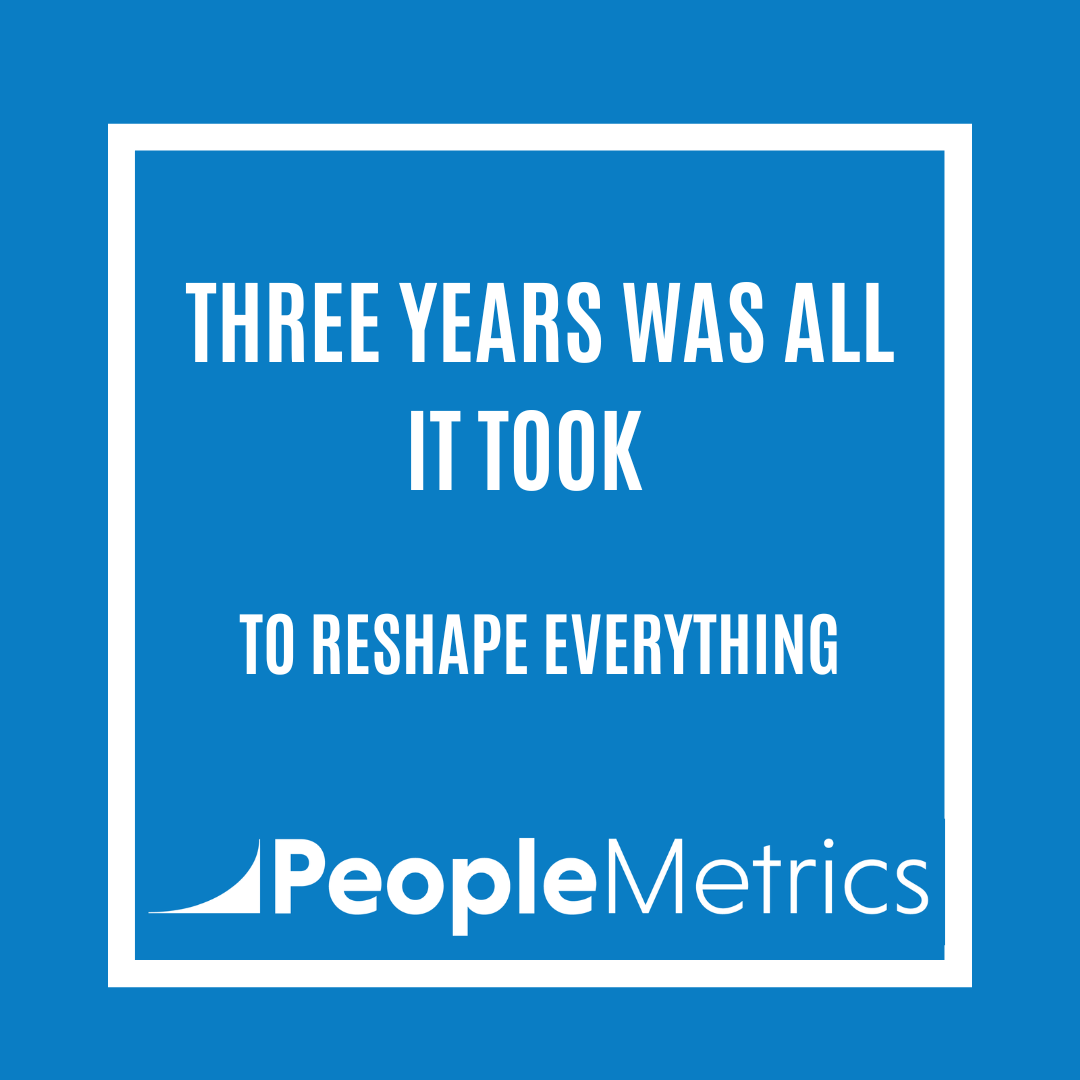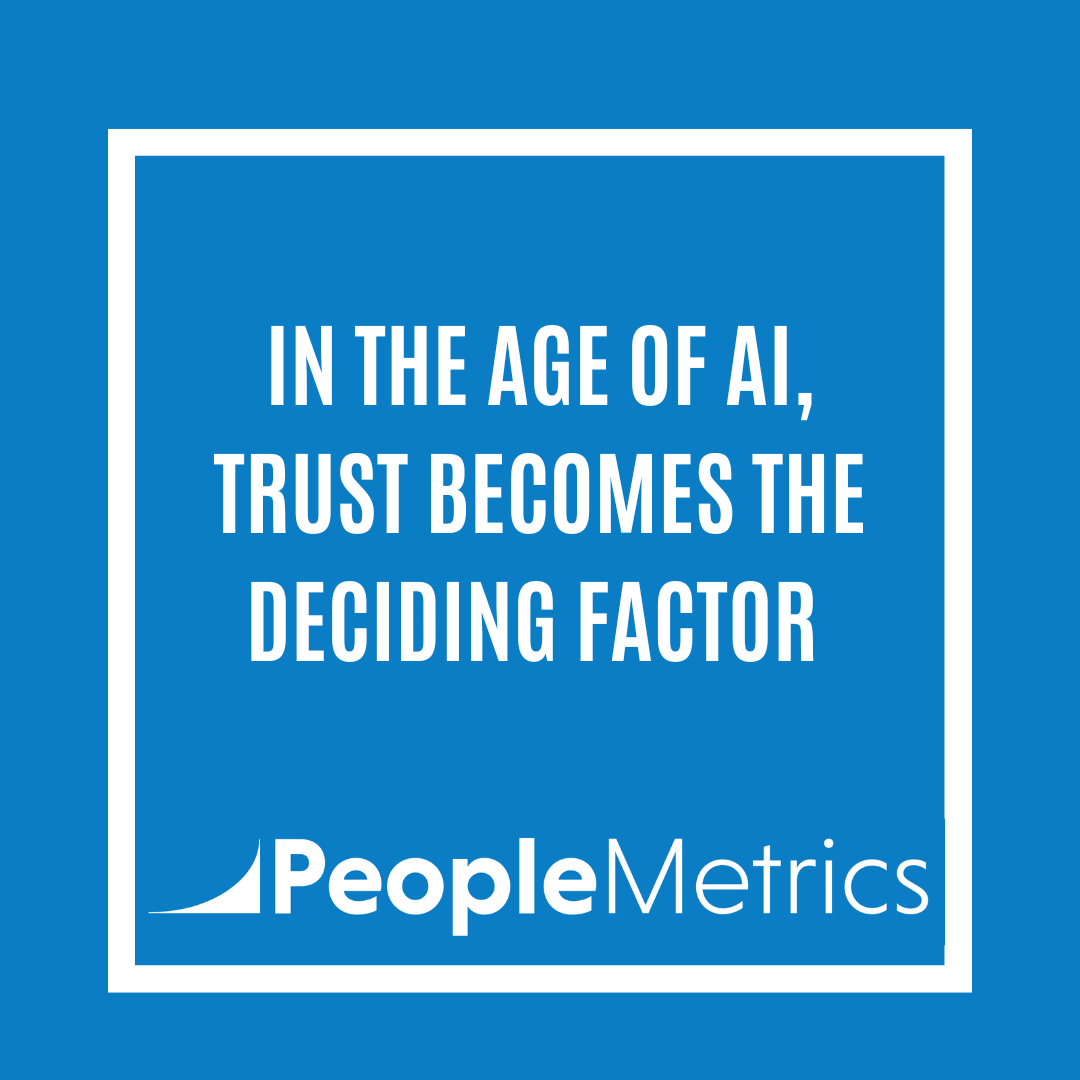You’ve built an NPS program that works.
You listen, you act, you turn Promoters into real leads.
But there’s one big piece most companies miss, and it holds them back from true Elite status: They don’t connect the dots between employee loyalty and customer loyalty.
Why It Matters So Much
Think about it: your people are the experience.
They’re the ones delivering on your promises. Fixing problems. Creating moments that turn a Detractor into a Promoter.
If they’re burned out, disengaged, or looking for the exit? Your customers feel that … immediately!
That’s why the best companies treat employee experience (EX) and customer experience (CX) as two sides of the same coin.
What Is eNPS?
Employee Net Promoter Score (eNPS) is the same basic question you ask customers, flipped inward:
“How likely are you to recommend this company as a place to work?”
It uses the same 0–10 scale:
- Promoters (9–10): Loyal advocates.
- Passives (7–8): Neutral (could swing either way).
- Detractors (0–6): Unhappy and likely to actively disengage.
Like NPS, it’s simple but not perfect. But it gives you a clear pulse on how your people really feel.
How Elite Teams Actually Use It
Here’s the difference: average companies run an annual employee survey, bury it in HR, and maybe share a few highlights with the organization.
Elite teams make eNPS a living input that drives decisions and they connect it directly to customer loyalty (NPS)!
How to Do It Well
- Measure It Consistently and Keep It Short!
Don’t wait for a once-a-year HR pulse. Run a simple, regular check-in:
- One core eNPS question
- A “Why?” follow-up (or branched follow ups for detractors, passives and promoters)
- A short window for honest feedback
Example: A B2B company runs a quarterly eNPS pulse, just three questions. They act fast on what they learn, so people know it’s not just another HR box-tick.
- Break It Down, Don’t Just Average It
Overall eNPS is helpful, but the real insight comes when you look at differences in key population groups such as:
- Teams
- Locations
- Roles or tenure bands
Where are people thriving? Where are they checked out? Those local stories show you where your customer experience is strong or at risk.
Example: A global retail chain found that stores with high eNPS consistently outperformed in customer NPS, sales, and retention. It wasn’t magic! It was engaged managers building great team culture.
- Put eNPS and Customer NPS Side by Side
This is where it gets real: compare the two.
- Which teams or regions have high eNPS and high NPS? What are they doing right?
- Where’s the biggest gap? Where is low eNPS with struggling customer loyalty? Why?
When you see these patterns, you can fix the root cause, not just the symptom. And if you have enough units to measure (e.g., stores, call centers, etc.) you can do a statistical analysis (bivariate correlation is usually fine) to pinpoint the exact relationship between eNPS and NPS.
Example: A B2B services firm found one office with top-tier customer NPS but lagging eNPS (employees felt overworked). They added training and support. A year later, the customer score remained steady but turnover dropped and sales rose.
- Make It Everyone’s Business
eNPS shouldn’t sit with HR alone. Make it visible and actionable for managers and frontline leaders:
- Share the results.
- Talk about what they mean.
- Tie manager development goals to improving eNPS and customer NPS together.
Example: A professional services firm made eNPS a leadership KPI. Teams with strong employee scores also saw fewer client complaints and more referrals.
- Close the Loop Internally
Sound familiar? Just like you close the loop with customers around NPS, do the same with your people:
- Share what you heard.
- Be honest about what you can fix.
- Show where you’re acting now, and what you’ll tackle next.
This builds trust that you actually listen! It’s the foundation of loyalty for everyone.
Checklist: Are You Connecting the Dots?
Before you can say you’re truly Elite:
- Do you measure eNPS regularly (not just once a year)?
- Do you break results down by team or region?
- Do you compare eNPS and customer NPS to spot links?
- Do managers see and own this data, not just HR?
- Do you close the loop with employees, so they trust you’ll act?
Why This Sets You Apart
Customer trust starts on the inside. If your people feel valued, supported, and heard, they show up that way for customers.
When you listen on both sides (employee and customer) you fix problems faster, keep talent longer, and build the kind of loyalty that’s tough to copy.
Up Next
Next, we’ll show you how to take everything you’ve built in your NPS program, including listening, closing the loop, activating Promoters, and connecting employee and customer loyalty … and set clear goals, targets, and accountability so it sticks.





